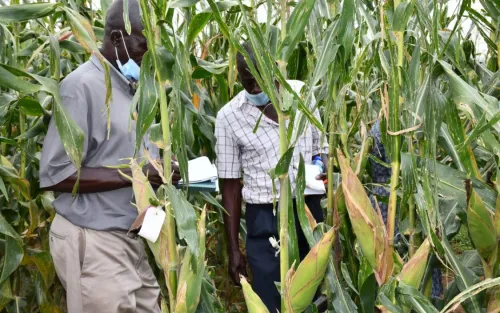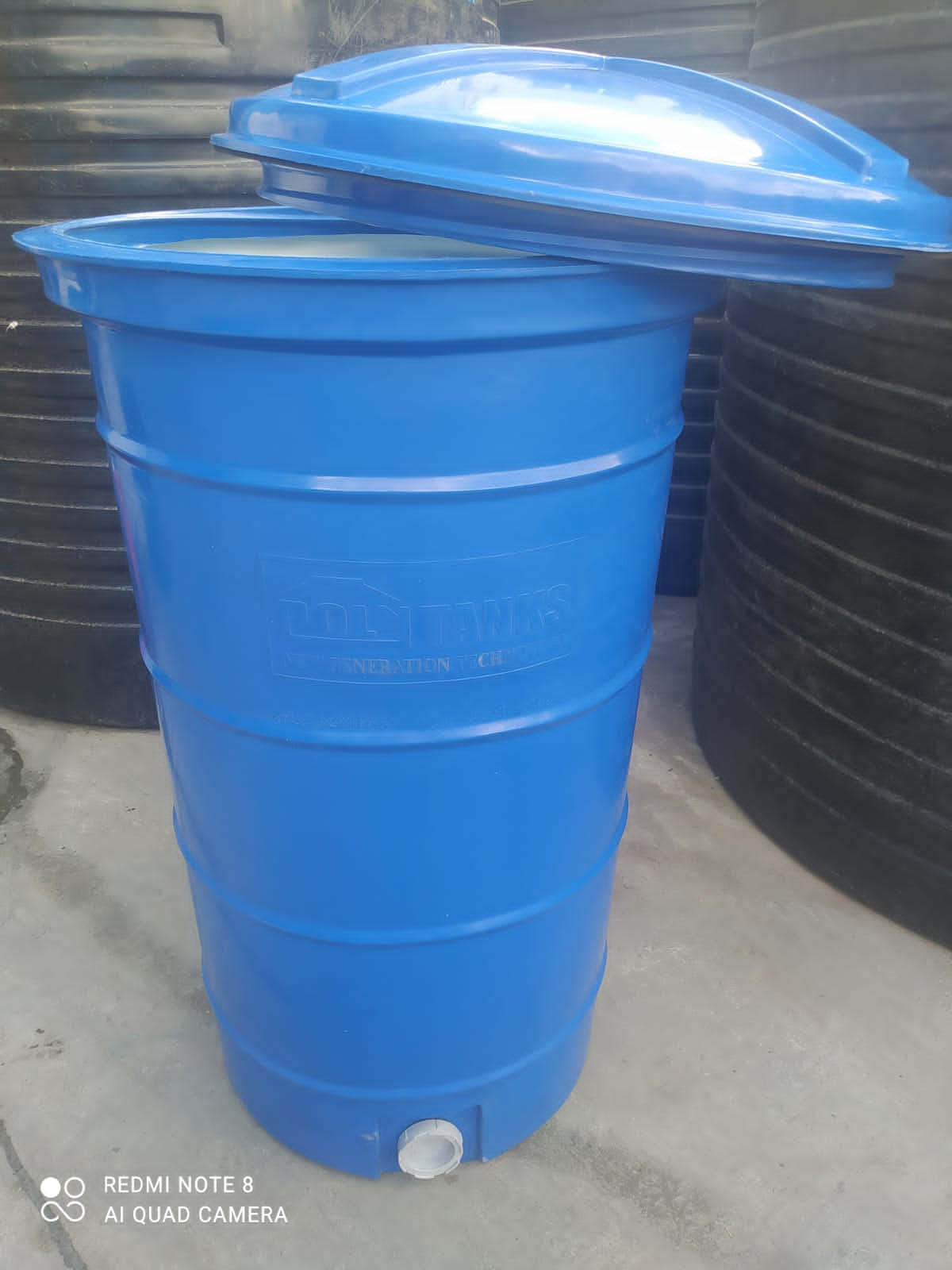
By George Munene
The Kenya Agriculture and Livestock Research Organisation (KALRO) will avail 11 metric tons (MT) of genetically modified (GM) Bt maize for planting on 500,000 acres in time for the 2023 long rains season.
The seeds will be freely given to farmers with the aid of the African Agricultural Technology Foundation for planting in mid-altitude agroecological zones, i.e, parts of Western Kenya, Nyanza, South Rift, Central and Eastern Provinces.
These will serve as demonstration plots pending the full commercialization of Bt maize by private companies.
“After a decade of successful research three Bt maize varieties; WE1259B, WE3205B, and WE5206B were recommended for release by KEPHIS. All that was pending for their final release and placement to the market was the cabinet’s approval we now have," read part of a statement by KALRO’s Director General Eliud Kireger.
Related News: Kenya looking to commercialise GMO maize; doubling production
Related News: Kenya approves GM maize
According to the corporate body, commercialization of genetically modified maize will enable Kenya to achieve food and feed security as well as protect the environment.
“Climate change, the severity of drought, and the emergence of new pests such as Fall Army Worms and maize stalk borer and diseases such as Maize Lethal Necrosis pose a real threat to food, feed, and nutritional security.
They contribute to low production, currently at seven to 10 (90kg) bags against the potential of 22 to 35 bags per acre. Farmers lose about 13 million (90kg) of maize to stock borers alone annually valued at Sh32.5 billion. Maize borer attacks also increase aflatoxin contamination, which is a health hazard.”
Related News: BT cotton variety has potential to up production eight times
“Currently, farmers spend up to Sh12,000 an acre on pesticides alone which are harmful to the environment, especially our water systems,” Kireger pointed out.
He assured Kenyans that GMOs have been grown for over 30 years in over 70 countries and have thus far been scientifically proven to be safe for human and animal consumption.
Write comment (0 Comments)



















